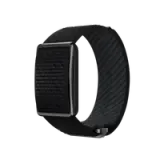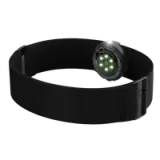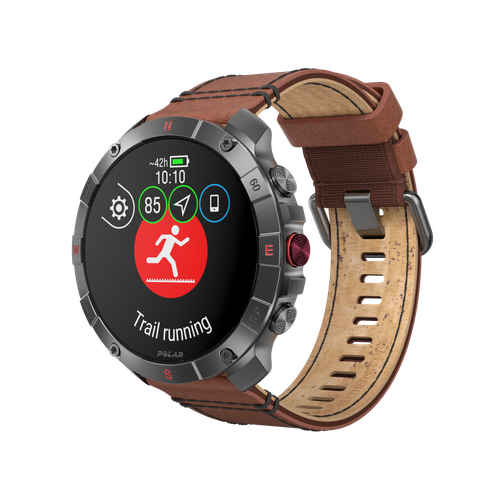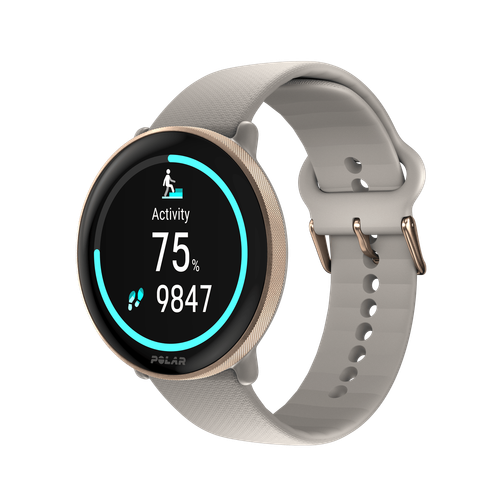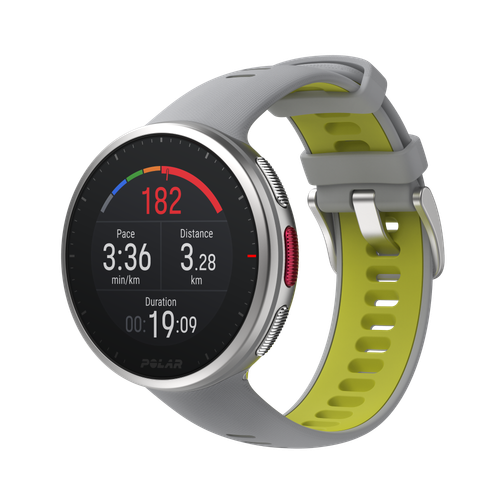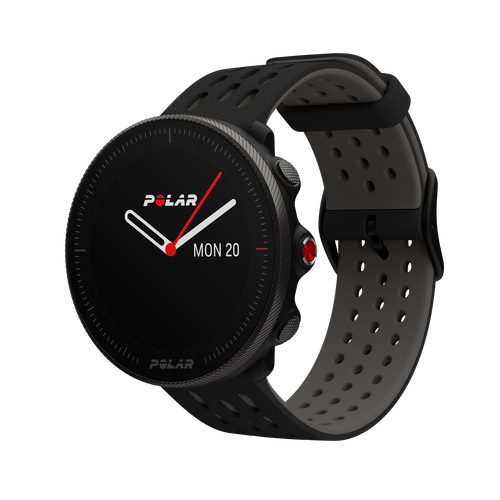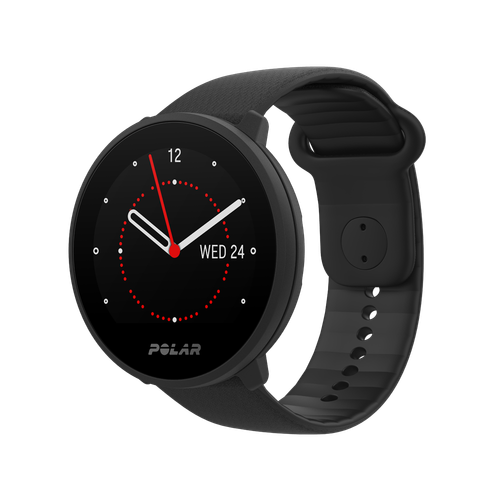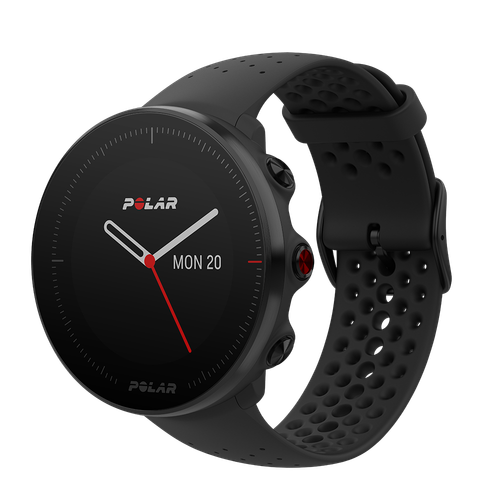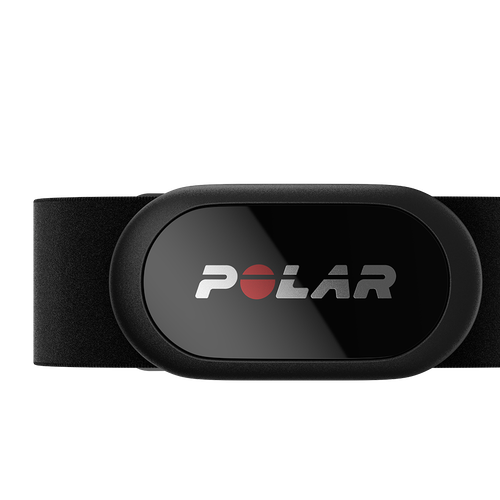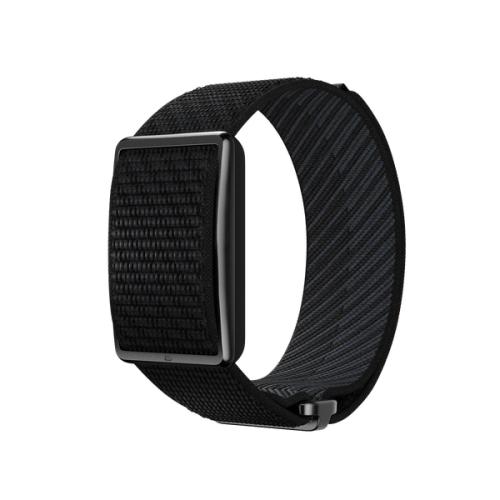Yes, you’re right—LSD stands for lysergic acid diethylamide, a powerful hallucinogenic drug that had people in the 1960s wearing flowers in their hair and dancing at Woodstock. (Fun fact: LSD was actually discovered by Swiss chemist Albert Hofmann back in 1938! He tested the drug during a bike ride. Bet that was one wild bike ride home!)
Now, about that less mind-bending version of LSD. In running circles, LSD stands for something much less trippy: Long Slow Distance. And yes, it’s exactly what it sounds like—running long… and running slow. Plain and simple, right?
Think of it as the running equivalent of a lazy Sunday drive— you're not trying to break any records here. It's all about putting in the miles at a pace where you could easily chat about last night's football game without sounding like a steam engine.
If you’re breathing too hard to gossip with your running buddy, you’re going too fast. If you’re barely breaking a sweat, well... that’s actually perfect!
The beauty of LSD (the running kind, remember!) is that it’s almost impossible to mess up. If you’re breathing too hard to gossip with your running buddy, you’re going too fast. If you’re barely breaking a sweat, well... that’s actually perfect! It might be the only time in your running journey where “taking it easy” means you’re nailing the training plan to the letter.
But… why are people doing LSD?
While you won’t be experiencing any psychedelic visions, these long, cruise runs are pure magic for building your aerobic base. They’re teaching your body to become a more efficient fat-burning, resilient machine, all while being surprisingly enjoyable (Though, to be fair, after two or more hours of plodding along at a conversational pace, some runners might swear they’re seeing things too.) Who knew getting fitter could feel this laid back?
Doing LSD is actually good for you, so let’s dive into the numerous benefits of LSD runs.
First, slow running is essential for activating your aerobic energy system and building endurance. Running at a slower pace allows your body to become more efficient at using oxygen to produce energy, enabling you to run for longer periods and delay fatigue. Over time, these adaptations lay a strong foundation for tackling faster paces and longer distances. So, run slow to run faster.
The second benefit of LSD runs relates to fueling. Typically, when you exercise, your body burns carbs. But during these long, slow jogs, something magical happens: your body remembers there’s another source of energy—fat—and starts burning through it like a kid devouring a bag of candy on Halloween! Tapping into your fat stores improves endurance and helps you go the distance.
There's more! LSD runs are also like meditation for people who can't sit still. High-intensity runs might make your brain scream, "Stop, please!" but slow runs teach you to push through and quiet that inner voice, building mental resilience with every step. After a while, your mind might even enter this zen-like state where you're basically floating along the pavement like a running Buddha. Some people call it "runner's high," but unlike that other LSD, this one's totally legal and won't have you trying to hug trees.
Enjoying this article? Subscribe to Polar Journal and get notified when a new Polar Journal issue is out.
Subscribe

How slow is slow?
Today, most training approaches advocate for LSD runs as a fundamental part of any training plan. These runs are typically done at an easy pace, 1–3 minutes per mile slower than a runner's 10K pace. While other workouts focus on improving speed, slow runs are the secret sauce for strengthening your muscles, building mental resilience, and transforming your cardiovascular system into a well-oiled machine.
undefined

Polar Vantage M3
Smart Multi-Sport Watch
Polar Vantage M3 is a smart multi-sport watch for multi-sport athletes that’s compact yet powerful, stylish yet strong, and designed to bring extraordinary training, sleep and recovery tools into everyday life.
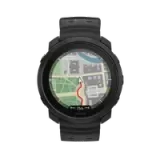 Polar Vantage M3
Polar Vantage M3
 Polar Grit X2 Pro Titan
Polar Grit X2 Pro Titan
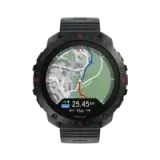 Polar Grit X2 Pro
Polar Grit X2 Pro
 Polar Grit X2
New
Polar Grit X2
New
 Polar Vantage V3
Polar Vantage V3
 Polar Ignite 3
Polar Ignite 3
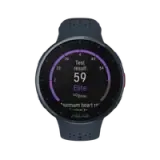 Polar Pacer Pro
Polar Pacer Pro
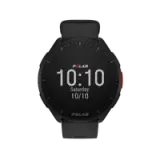 Polar Pacer
Polar Pacer
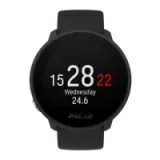 Polar Unite
Grit X Series
Vantage Series
Pacer Series
Ignite Series
Polar Unite
Grit X Series
Vantage Series
Pacer Series
Ignite Series
